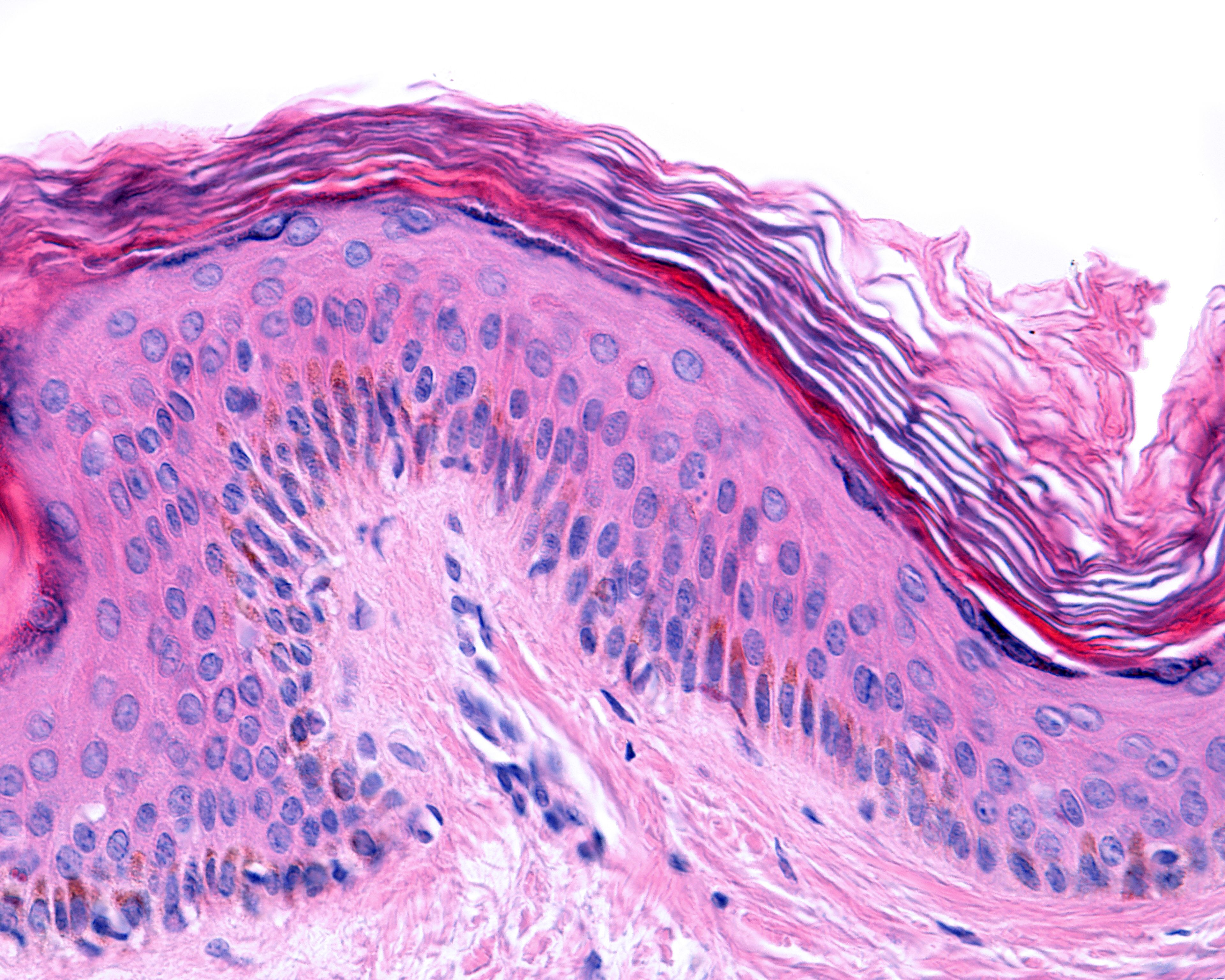- General Dermatology
- Eczema
- Chronic Hand Eczema
- Alopecia
- Aesthetics
- Vitiligo
- COVID-19
- Actinic Keratosis
- Precision Medicine and Biologics
- Rare Disease
- Wound Care
- Rosacea
- Psoriasis
- Psoriatic Arthritis
- Atopic Dermatitis
- Melasma
- NP and PA
- Skin Cancer
- Hidradenitis Suppurativa
- Drug Watch
- Pigmentary Disorders
- Acne
- Pediatric Dermatology
- Practice Management
- Prurigo Nodularis
News
Article
Taking a Comprehensive Approach to Common Vulvar Dermatoses
Author(s):
Olushola Akinshemoyin Vaughn, MD, shared clinical pearls from her work in a vulvar dermatology clinic at the 2023 SDPA fall conference.
JosLuis/Adobe Stock

Olushola Akinshemoyin Vaughn, MD, currently practices in a vulvar dermatology clinic in Milwaukee, Wisconsin.
At the 2023 Society of Dermatology Physician Assistants (SDPA) Annual Fall Dermatology Conference in Nashville, TN, Vaughn presented a session titled, “Approach to Vulvar Dermatoses,”1 detailing the most frequently seen cutaneous conditions of the vulva, ways to differentiate between visibly similar diagnoses, and more.
Vaughn began by emphasizing the importance of understanding vulvar anatomy, both from a health care provider and from a patient perspective.
“I think this is especially important as very actionable items, because we often see biopsy reports that come in and they just say, ‘vulva,’ and they don't talk about all the different parts and where exactly the problem is,” Vaughn said. “You would never have a biopsy report that just said, ‘ear.’”
In her own practice, Vaughn keeps printed copies of a vulvar anatomy diagram in her pockets to share with patients, particularly when it comes to showing where specifically their dermatoses are and where topical treatments need to be applied. She encouraged attendees to consider engaging in the same practice.
“In your mind, you might be thinking you where the problem is, but people don't necessarily know where all the spots are, so it’s important for them, to do a little bit of education,” she said. “I think that makes such a huge difference to a woman.”
Vaughn breaks down common vulvar dermatoses into categories using an algorithm, defining conditions by category and subgroup. The most common in her clinic is what she refers to as the red vulva, of which dermatitis is the most common clinical concern.
Red Vulva Dermatoses
Dermatitis
The most common vulvar dermatoses in Vaughn’s clinic is dermatitis. In general, she recommends corticosteroids for treatment. It is important, however, to consider whether the presenting red vulvar dermatoses are true endogenous, true exogenous, or mimickers.
Irritant contact dermatitis (ICD)
The easiest way to manage ICD in patients is avoidance, Vaughn noted. This encompasses a vast array of triggers, such as bodily fluids, excessive baths, overzealous hygiene, or use of certain medications such as over the counter anti-fungals that may be contributing to irritation.
Allergic contact dermatitis (ACD)
According to Vaughn, up to 54% of women present to vulvar dermatology clinics with either ICD or ACD. In a series of patch testing, Vaughn noted that 56% of patients who had been tested for ACD had actually had another underlying vulvar disorder. One study found that 31% of those with vulvar dermatoses had a sensitivity to nickel. With diet and avoidance, half of patients exhibited improvement.
Fragrance is the number one cause of anogenital dermatitis. Other factors and ingredients such as preservatives, medicaments, propylene glycol, lanolin, and condoms are common offenders, Vaugh noted. Ingredients such as propylene glycol and lanolin may still appear in dermatology-approved cosmetic and hygiene products, and it is important to carefully consider ingredients of any products one might be applying to their vulvar region.
Importantly, Vaughn noted that “fragrance free” and “unscented” are completely different designations. Encouraging patients to opt for fragrance free alternatives is ideal if avoidance is appropriate.
Next, Vaughn delved into white vulva dermatoses, with which patients present with a loss of pigment or thickening of the epidermis.
White Vulva Dermatoses
Lichen sclerosus
“One of our big obstacles is misdiagnosis of lichen sclerosus and other vulvar conditions in Black women,” Vaughn emphasized.
In her own practice, Vaughn said she has examined the charts of patients with skin of color to see what each diagnosis of vulvar lichen sclerosus has been based on.
“What I have found preliminarily is that there was significantly higher rates of being miscoded in electronic medical record and having the diagnosis changed if you were a woman of color,” Vaugh said. “I think what is happening, and there's data to support this preliminarily, is that what we see white and we see itching, that's the first thing our brain jumps to, and for a lot of conditions in skin of color, because they're getting scratched, pigment is lost.”
While topical steroids are a first line treatment for vulvar dermatoses, women of color have been mostly excluded from these studies, Vaughn said.
It is important to note with patients with vulvar lichen sclerosus that their condition is a chronic diagnosis, and patients will need to use steroids on a lifelong basis.
Vitiligo
Lichen sclerosus and vitiligo may frequently overlap in a vulvar setting, Vaughn noted. It is important to be able to distinguish between the two, particularly in patients with varying skin tones, whose presentations may not look the same as someone else’s.
“Treatment and management is about more than just the medicine,” Vaugh said. “It’s about stopping the urges and allergens, especially if that’s complicating your treatment.”
Reference
- Vaughn OA. Approach to vulvar dermatoses. Presented at: 2023 SDPA Annual Fall Dermatology Conference: October 26-29, 2023; Nashville, TN.






